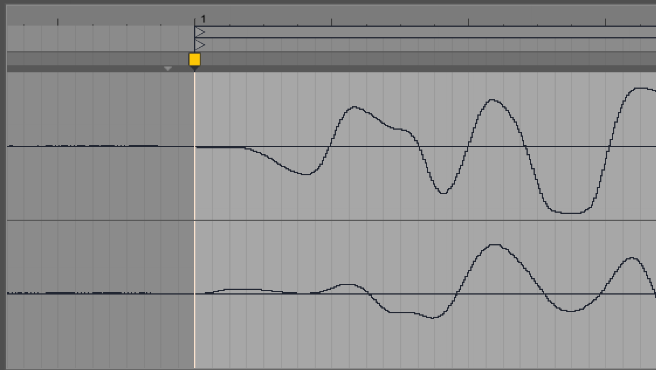

Maritime surveillance aircraft fly at medium altitudes (between 3 000 and 10 000 feet), compatible with the desired radar range and the constraints imposed by the other means of recognition, such as FLIR, photos, etc. Generally speaking, the radar indicates worthwhile targets in the zone, as well as their speed and course. If the radar is fitted with an ISAR mode, it can produce images of targets, thus building up its library. The radar operates in panoramic scan mode and tracks all detected targets using track-while-scan. ERIC NORMANT, in Air and Spaceborne Radar Systems, 2001 SURFACE SITUATION INITIALIZATION AND UPDATEĭiscretion is not one of the main priorities for this type of mission. To overcome this difficulty in tracking modes (TWS and STT), the PRF must be slaved. If a high-PRF waveform is used, the eclipse ratio may be high since it is linked to the duty ratio. However, as the measurement rate is slow (e.g., 0.5/s), these tracking techniques are not appropriate for close combat, which involves a considerable number of maneuvers. With TWS and plotting, which are more discrete than STT, several targets can be tracked simultaneously and engaged using active missiles (multitarget concept). When plotting one or more targets, the antenna is not slaved, and, in general, target(s) are off-boresight in the beam during detection. in the case of a reduced azimuth domain: ± 30°), whereas the elevation line is slaved to the target direction. In the TWS mode, the antenna azimuth scan is realized in accordance with a predetermined program whose average position can be slaved to the direction of the target being tracked (e.g.

Remember that in the STT mode, the antenna is continuously slaved to the target direction (e.g., in gun firing or semiactive missile-firing modes). ERIC NORMANT, in Air and Spaceborne Radar Systems, 2001 20.7.2.3 TRACKING AND PLOTTINGĬhapter 9 explains plotting, track-while-scan (TWS), and single-target-tracking (STT).


 0 kommentar(er)
0 kommentar(er)
